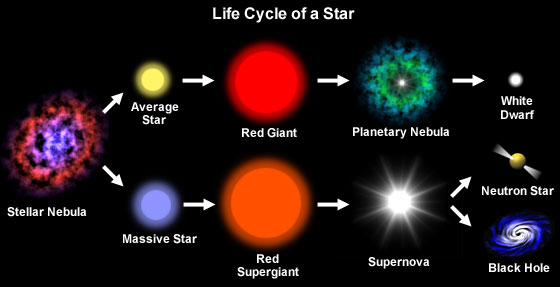While watching this documentary, I found a few things particularly striking. In the beginning of the film, the Earth was described as a small boat in the Universe. If this boat is sinking, we will all sink together. This is just a brief, simple metaphor to describe our actions' severe consequences for other countries such as India, Indonesia, Fiji, and more.
When early settlers came to America, they wiped out entire species and civilizations to get what they wanted. Pretty scary thought, right? Good thing it's over now! Not exactly. We're doing the same thing now on a much larger scale and the truth of the matter is that we know what we're doing and how we are impacting the Earth, but we do what it takes to get what we want - regardless of the consequences.
And that's the problem. We're inconsiderate, selfish, and our arrogance towards the fate of our planet is desecrating its beauty at an unprecedented rate.
Another issue in this crisis is that no one is thinking long term. They are focusing on what they notice now or in the last decade and basing their opinions of climate change on that. Simply put, they think that because the effects aren't that noticeable, nothing is happening. The average temperatures of the Earth have only slightly been increasing over the years, but even this slight change has already had incredible impacts (for example, Greenland's ice has melted several dozen feet just in five years and coral reefs are dying).
In the film, Sunita Narain spoke to Dicaprio of the importance of climate change and the severe impact it's had in her country. She stated, “It’s not a figment of their imagination”. We need people in this world that are going to do what needs to be done and encourage others to do the same. Similarly, Dicaprio says, “We have to practice what we preach.”
Climate Change is real and it is affecting everything we've come to know whether we realize it or not. Watching documentaries such as this are just the tip of the iceberg-there is an entire world that our actions have impacted and will continue to impact unless we do something now.
